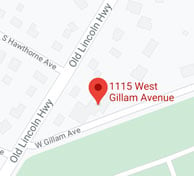A while back we received a call from a long-time Levittown, Pa. customer who was concerned about black marks on the walls above his baseboard heaters. This issue is known as "ghosting" or "thermal tracking", which is a relatively common phenomenon that plagues both old and new construction. Here’s a look into the causes and some things you can do to prevent this from happening in your home.
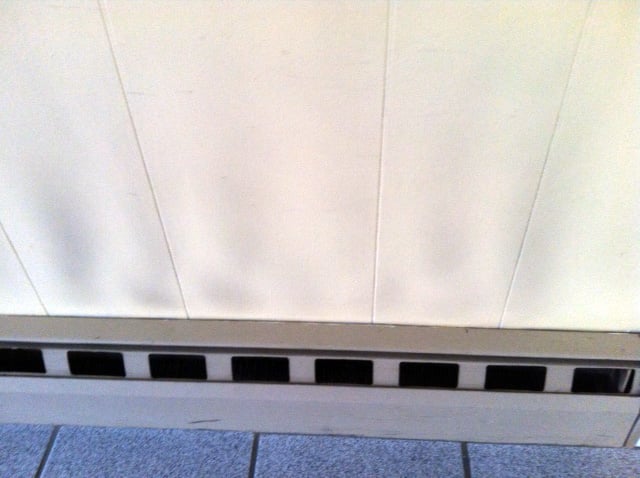
The dirty streaks that can appear above your baseboards are mostly created by dirt, dust, or carbon soot from a number of sources like fireplaces, cigarette smoke, pets, cooking byproducts, etc. that are spread by the natural convection created by the heating cycle. The dusty particles are deposited when the warm, dirty air from the baseboard heater comes in contact with a cool wall or one with a higher moisture concentration.
Unfortunately, many of the homes in Levittown needed to replace their radiant floor heating with baseboard heat, so it's especially common in this area. If dark marks on the walls are an issue in your home (no matter where you live), here is how you can keep your baseboards clean and stop them from spreading dust and dirt around.
Steps to Cleaning Your Baseboard Heaters
Step 1
Turn off the power to your heater and remove its cover once you’re sure the heating element has cooled. Some covers lift right off, but others may require loosening a few screws or caps.
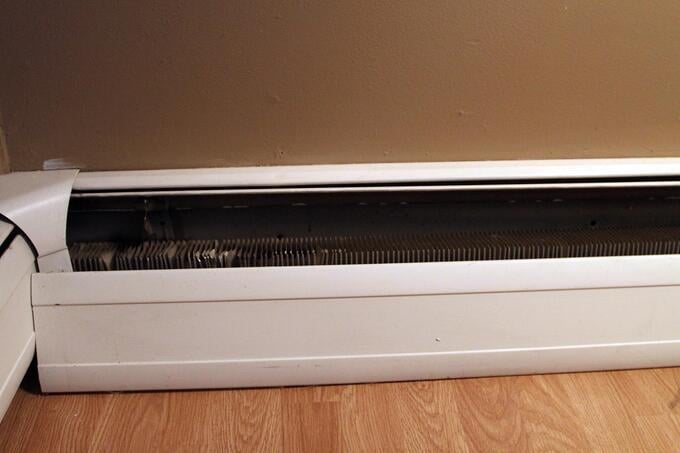 Step 2
Step 2
Remove any large pieces of debris from in between the aluminum heating fins that may be stuck or too big to vacuum up.
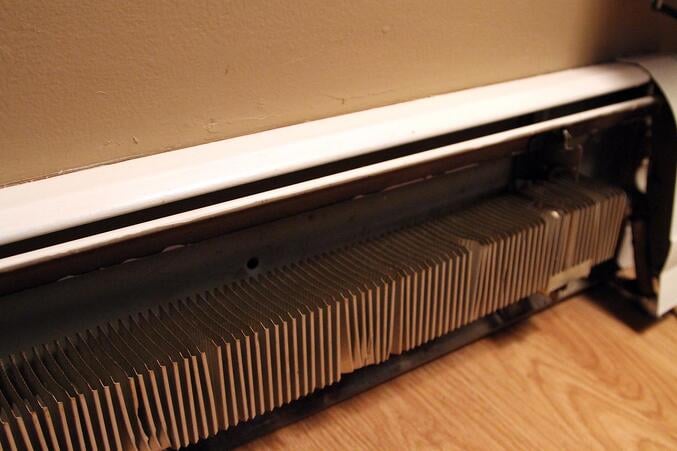 Step 3
Step 3
Gently vacuum in the inside of the heater using a soft brush attachment, being careful not to damage or bend any of the heater fins. If there is any additional debris that the vacuum cannot reach, simply use a soft paintbrush to remove it.
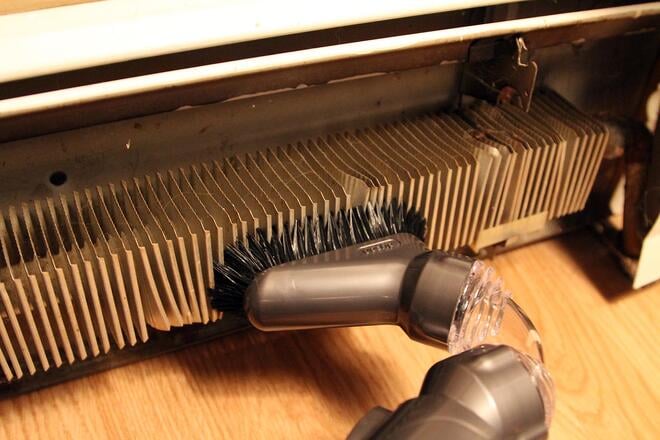 Step 4
Step 4
A soft cloth can be used to remove any excess dust on the surface of the fins. You should then straighten any fins that were bent in the previous step with a pair of needle-nose pliers.
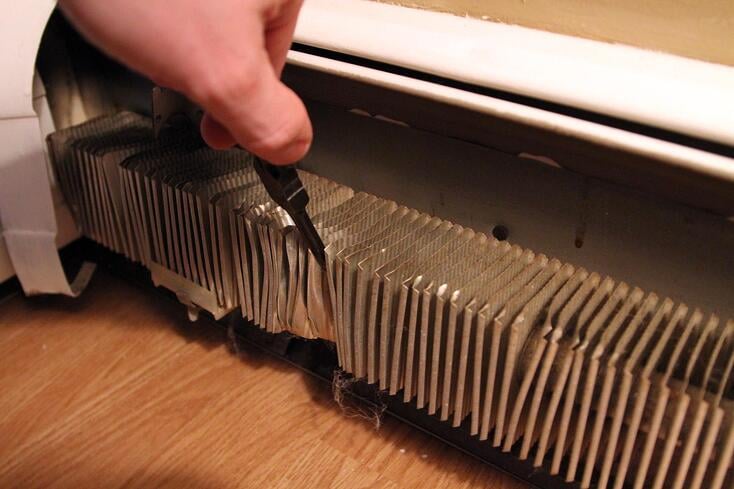 Once you finish this cleaning, it's important to note that you may have an air sealing and insulating opportunity on your hands. Making sure your house is properly sealed and insulated will not only help prevent black marks from your baseboard heaters but will also make the system more efficient and save you money in the long run.
Once you finish this cleaning, it's important to note that you may have an air sealing and insulating opportunity on your hands. Making sure your house is properly sealed and insulated will not only help prevent black marks from your baseboard heaters but will also make the system more efficient and save you money in the long run.In the home performance world, ghosting can also be a tell-tale sign that the walls are significantly colder than the rest of the house. On exterior wall assemblies, lack of proper air sealing and insulation is the main culprit.
When it comes to interior wall assemblies, those open to attic spaces can be prone to cold air currents traveling through. This is called convective looping and can also contribute to these pesky black marks. Proper air sealing in the attic is the way best to mitigate this problem.
So, not only are these marks unsightly, but they are a symptom that your house is not performing as well as it should be. It is very likely that the problems that cause these thermal streaks are also contributing to higher heating and cooling costs as well, and might be contributing to comfort issues in the home.

With a little elbow grease and proper insulation, you can prevent these unattractive marks on your walls or floors and make your home more efficient in the process. You may also want to consider arranging the furniture in your room so that dirt and dust are not directed toward your heater.
If you live in the Delaware Valley/Greater Philadelphia area and would like to find comfort within your home, visit our website or give us a call at 215 - 245 - 3200 to learn more.


